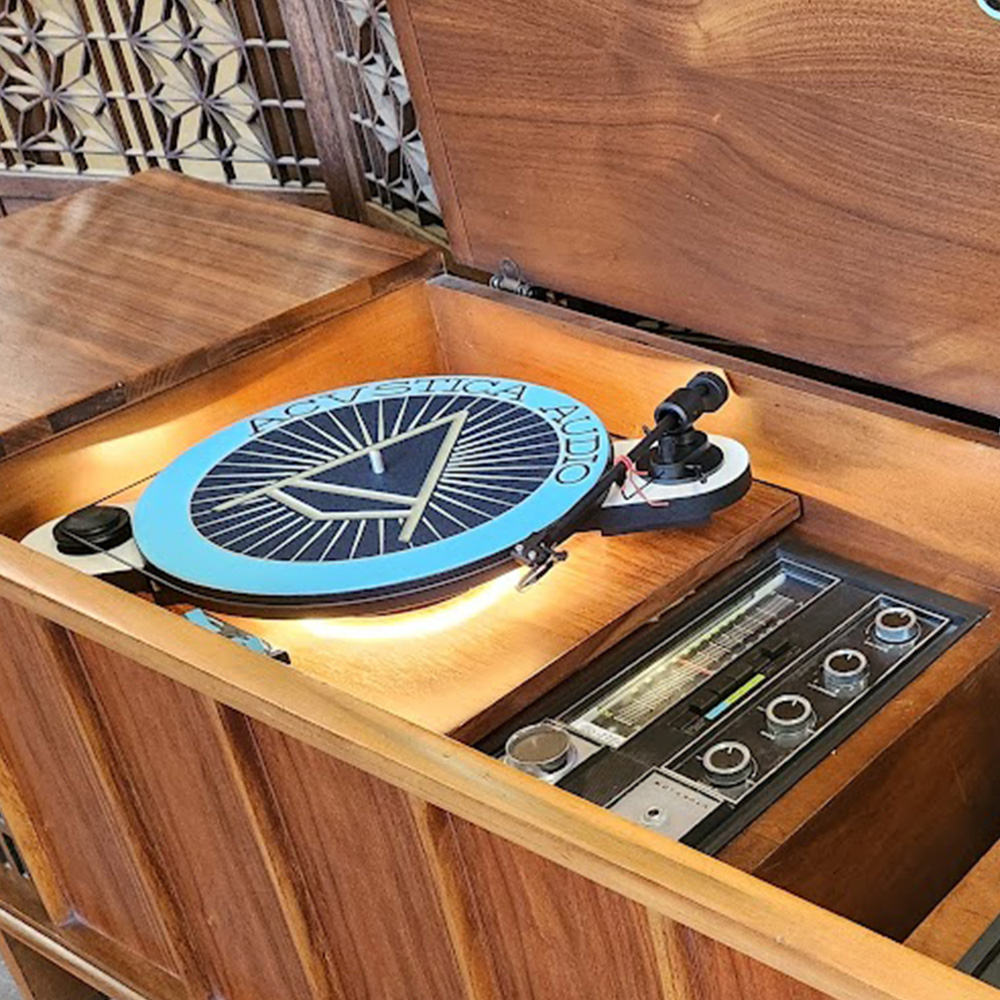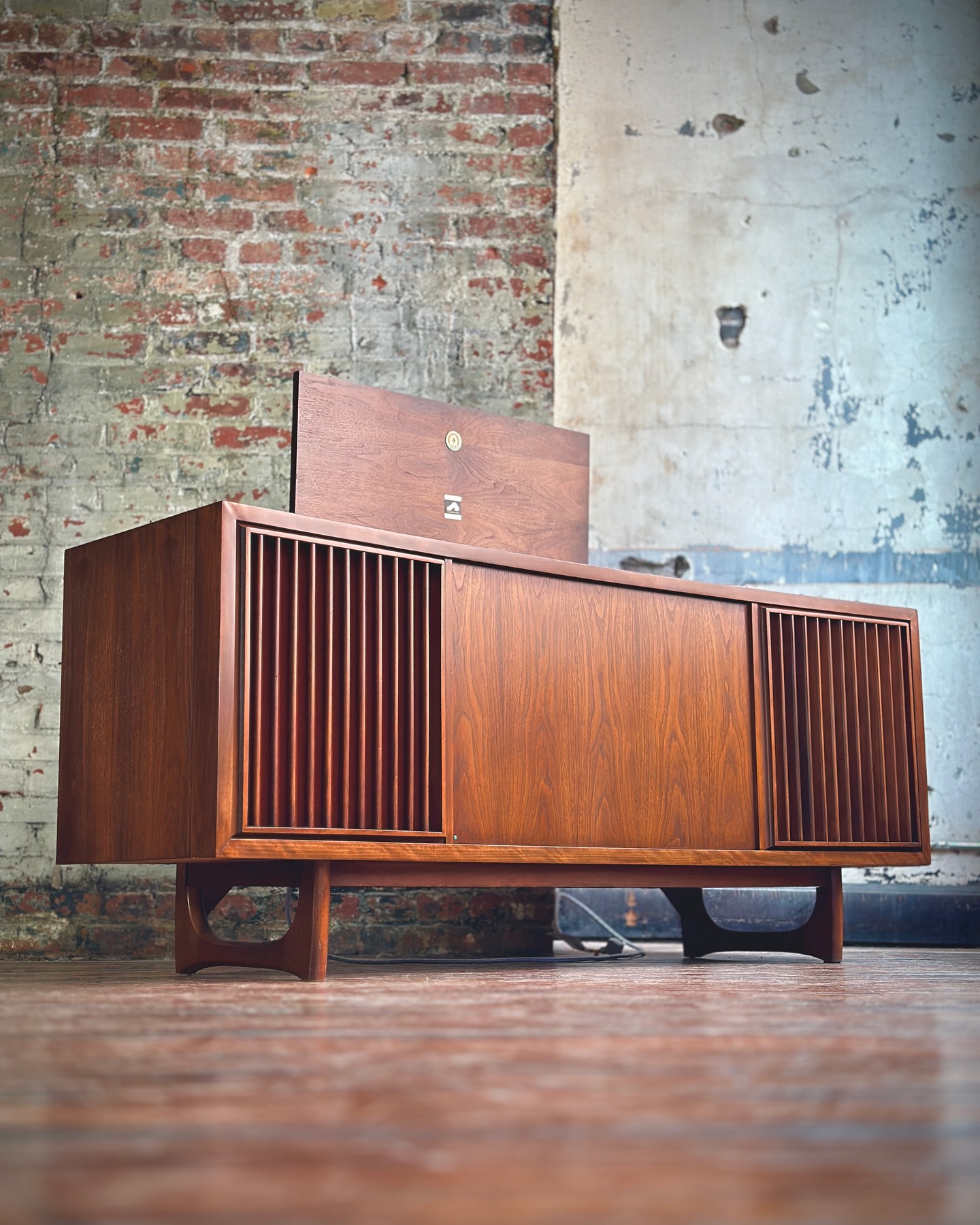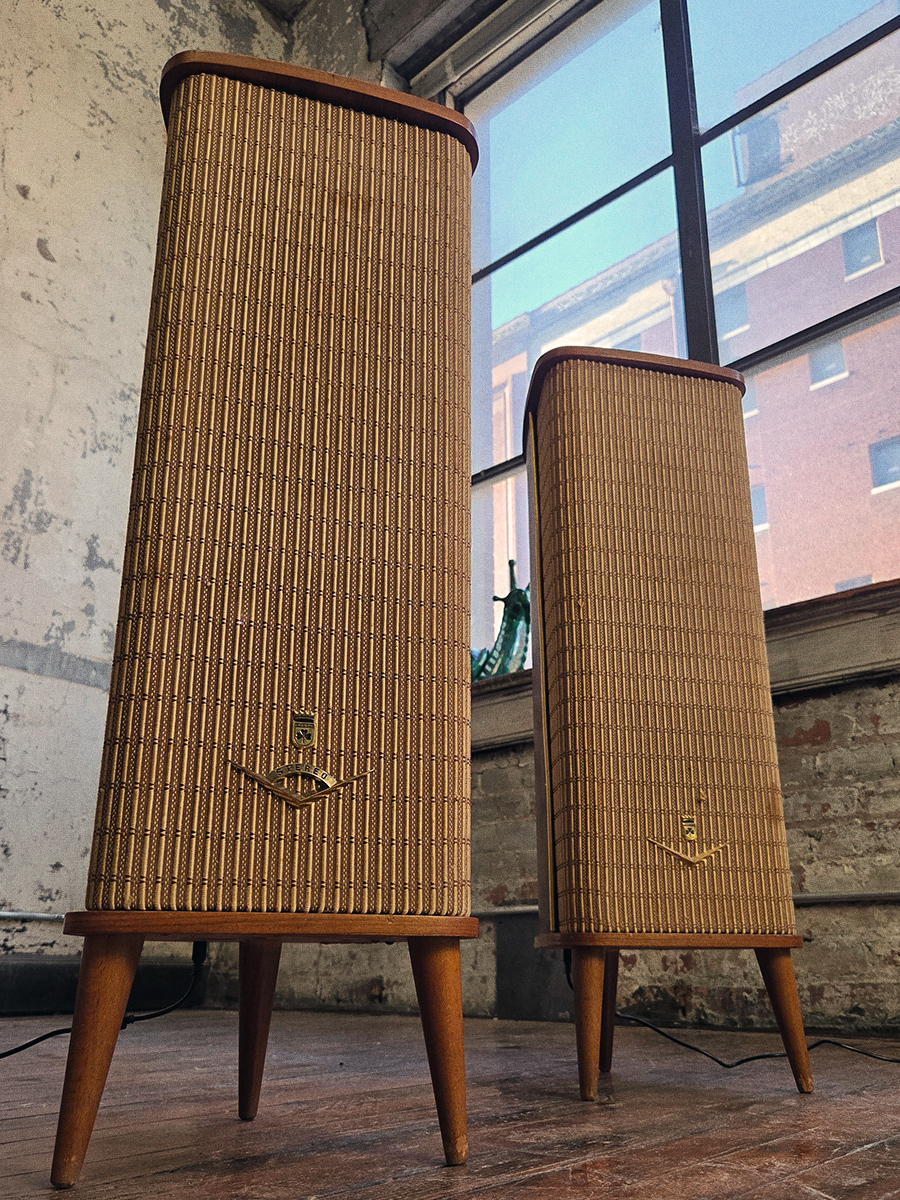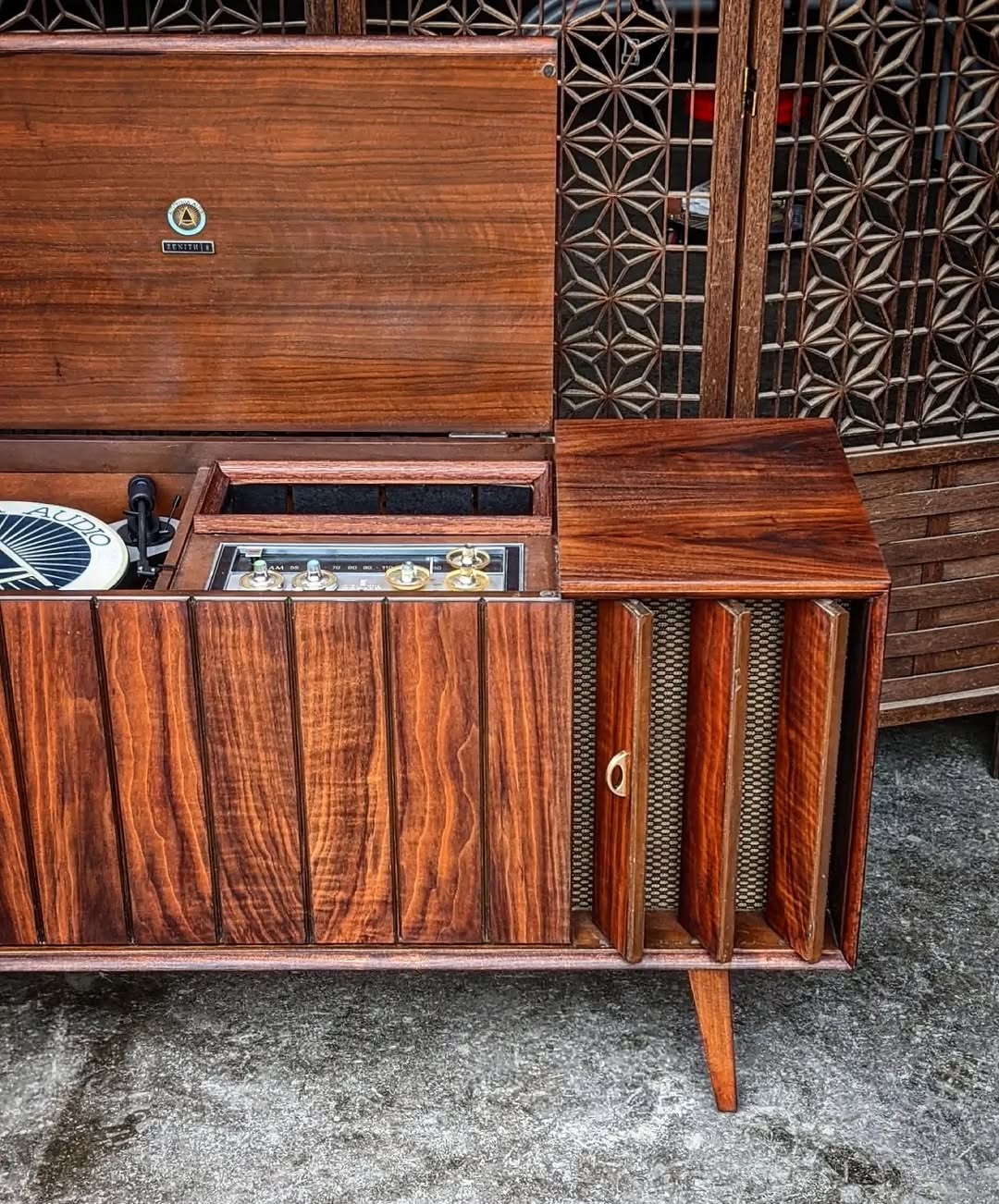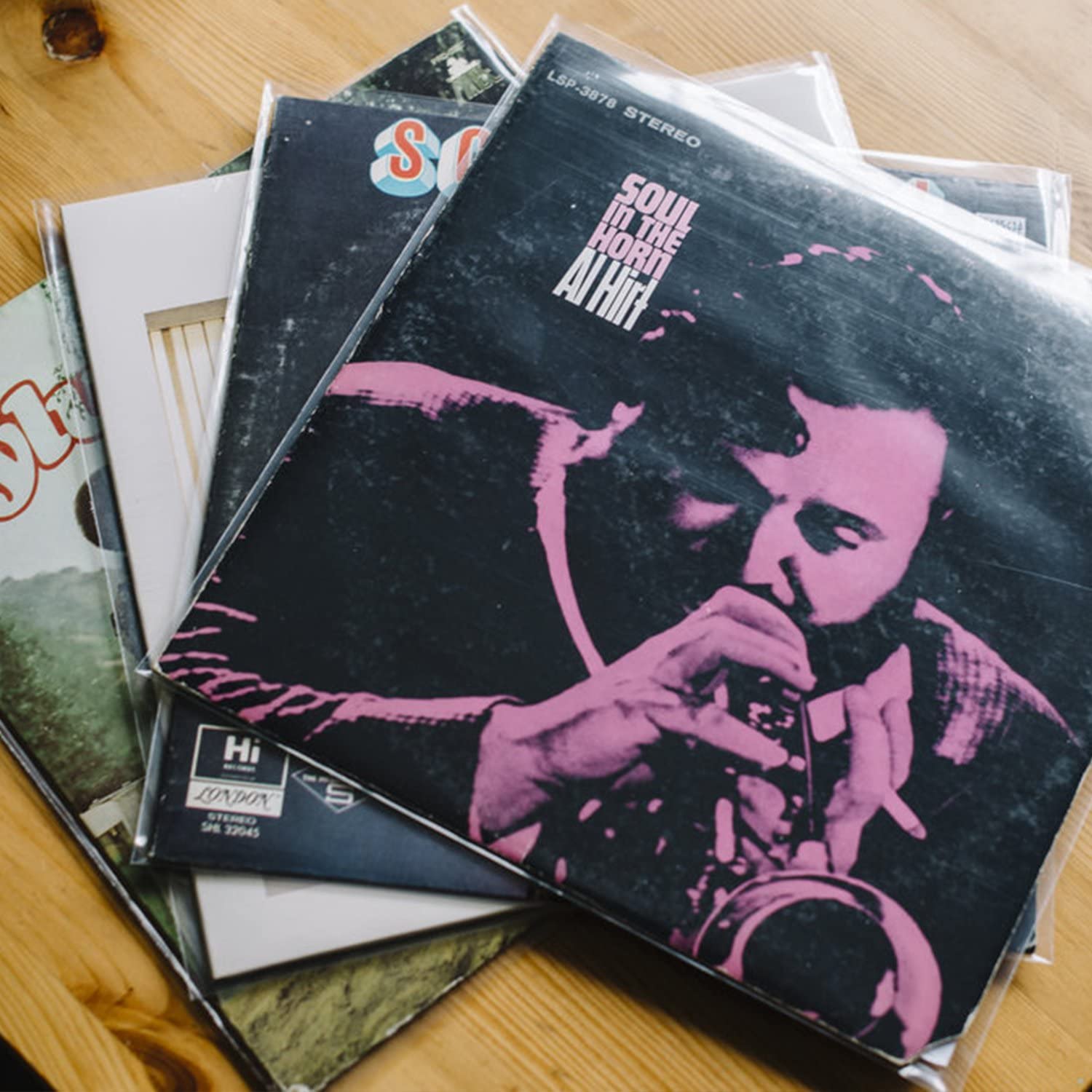Replacement Stylus – Ortofon OM series
If your turntable shipped with the Ortofon OM series cartridge, you can rest assured you can replace a broken or worn down stylus or you can test other styli in the OM lineup in a matter of seconds. Here you’ll find affiliate links to purchase some of the most common styli compatible with your cartridge.
Ortofon OM 5e

The OM 5e is where you’ll most likely start. It’s a capable, well regarded, performer at an incredibly reasonable price.
Typically recommended for casual listeners or those just getting into vinyl playback. It’s often describes as clear and balanced, with a slight emphasis on the midrange, making vocals particularly engaging.
Affiliate Link:
Ortofon OM 10

While looks and shape, as well as the elliptical shaped stylus are extremely similar, the OM 10 is, in our opinion, a worthy upgrade if you’ll be replacing the 5e. In other words, if you need to replace your 5e, for whatever reason, there is virtually no reason not to get the 10 instead.
It tracks at a slightly less weight, but if you don’t own a stylus scale, it’s acceptable to leave the same weight as you had on the 5e set.
The OM 10 offers wider soundstage, delivering better clarity, especially in the highs and midrange, along with tighter bass control. Vocals tend to sound more lifelike and textured.
Affiliate link:
Ortofon OM 20

Keeping with the same body means you don’t have to mess with changing cartridges in your turntable and upgrade your sound hassle-free. If you’re looking for a serious upgrade, the OM20 is a fantastic place to be.
The first in the lineup to offer a different stylus tip, the OM20 upgrades to a nude elliptical diamond stylus, which is more precise and allows for better and more accurate tracking and sound reproduction. This stylus also bumps up the frequency response to 25kHz (as opposed to 20Hz – 20kHz of the previous options).
Often described as lively yet smooth, with a natural tonal balance that flatters everything from jazz and classical to rock and folk. It’s also forgiving enough for less-than-perfect pressings while still revealing the depth in high-quality recordings.
Affiliate link:
Ortofon OM 30

Moving up to the OM30 will cost a little bit more than the previous, but it might prove to be a worthwhile investment if you want to take your listening to a new level since this stylus manages to play up to 27kHz, particularly suitable for more orchestral sounds.
It’s also an even finer stylus than the OM20, a nude fine line stylus, meaning it is even better at capturing the finest details in the bottom of the record grooves.
While the OM 20 is often considered the sweet spot for value, the OM 30 is for those chasing that extra layer of nuance and realism.
Affiliate link:
Ortofon OM 40

While definitely overkill for one of our consoles, we’d only suggest this upgrade if you truly must have the creme of the crop, the top of the line, and honestly, would only truly be able to take advantage of this upgrade if you’re listening through more speakers throughout your house. But, for those who are seeking to get the absolute most out of their equipment, there is the OM 40, a high-performance stylus that delivers exceptional resolution, finesse, and tonal balance. Often considered one of the finest moving magnet options Ortofon has ever produced.
Employs a nude Fritz Gyger stylus, with a highly sophisticated line-contact design allowing for ultra-precise groove tracing, especially in the inner grooves, and excels at extracting microdetail from well-pressed records. It also takes the frequency response all the way up to 30kHz.
It demands meticulous setup though. VTA, azimuth, and anti-skate need to be dialed in carefully, otherwise it may sound too bright and unforgiving. Some people prefer the OM 30 for its slightly warmer, more forgiving presentation.
Affiliate link:
Other styli compatible with your OM cartridge that deserve consideration (at varying price ranges)
Ortofon OM 14

As you may expect, this stylus sits somewhere between the 10 and the 20 in the lineup. It focuses on specific characteristics; in this case, light tracking force. Because of this, it is often recommended as a budget-friendly option for those with particularly valuable pressings.
Often described as clean and neutral, with a touch more refinement than the OM 10, especially in the treble. It doesn’t quite reach the resolution of the OM 20’s nude elliptical, but it’s a solid performer for the price.
Affiliate link:
Ortofon OM Pro S

A variation of the OM10, focuses on being able to withstand higher vertical tracking force (i.e. weight), making it a great option for DJs.
Described as warm and punchy, with a focus on midrange and bass. It’s not as detailed or refined as the OM 20 or OM 30, but it’s surprisingly musical for a DJ cartridge. Some listeners even find its conical stylus gives a smoother, more forgiving sound on worn records.
Keep in mind its recommended tracking force is 4g (vs the usual ~2g in most of the rest of the lineup), so be sure to get a scale to adjust your counter weight.
If you often experience skipping or other issues with your records, this might be worth the try.
Affiliate link:
